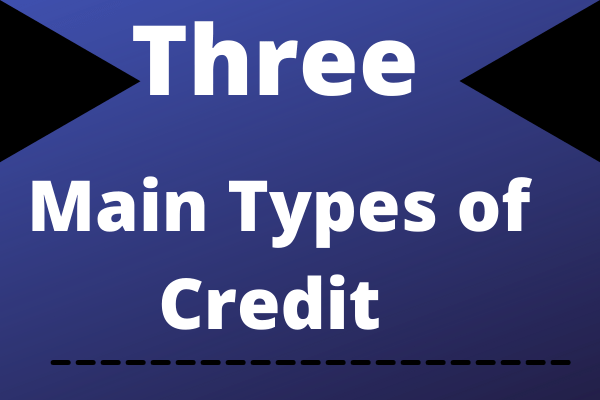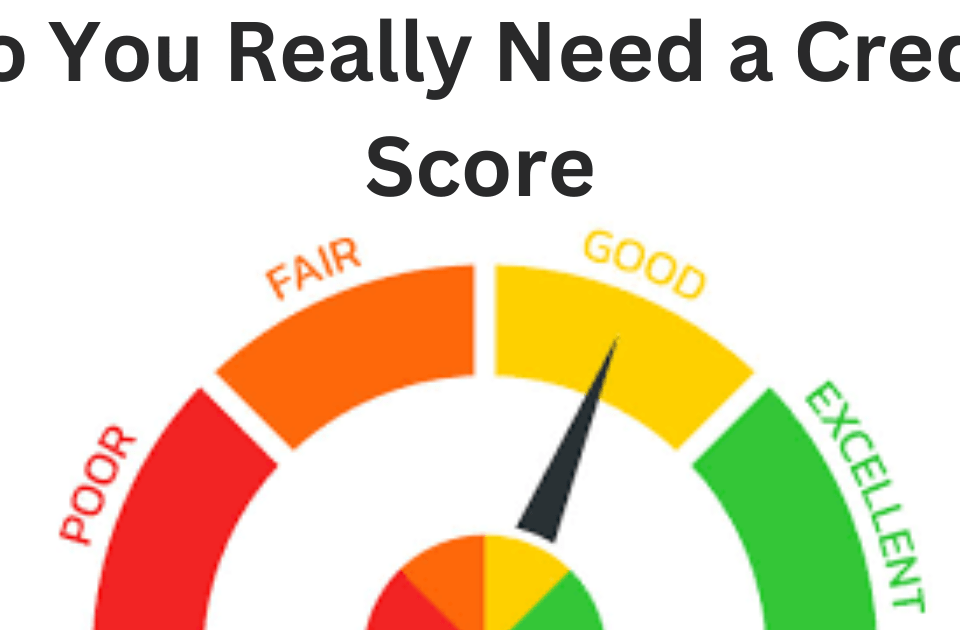Credit is a relatively simple concept. The borrower will receive goods or money now with the promise of paying back the lender later which often comes with interest as compensation for the lender. However, credit is not only one monolithic thing. In case you don’t know it, there are actually three main types of credit and these are the following:
Installment Credit
This form of credit involves borrowing a specific monetary amount from the lender with the agreement of paying the loan off in regular payments of fixed amount over a certain period of time. The most common examples of installment credit include home mortgages, student loans, and car loans.
Typical car loans have all the characteristics of installment credit. For instance, you borrow $25,000 from an auto finance company or a bank to buy a car with the agreement that you will pay this off in monthly payments worth $5,000 within 5 years. The $25,000 represents the specific amount borrowed while the $5,000 is the fixed amount you will regularly pay every month with 5 years as the specific time period.
The interest on car loans is often a fixed rate but this may differ over time on other kinds of installment loans like home mortgages.
Open Credit
Open credit has a different amount due for every billing cycle and this amount is normally due in full. The perfect examples of open credit include utilities accounts such as electric, gas, and water. The amount that you owe every month is different and depends on the amount of commodity you use and it is expected that you will pay the entire balance.
Another good example of an open credit is a charge card. Unlike credit cards with a set credit limit, there is no preset limit in charge cards. However, it doesn’t mean that they don’t have a limit at all. Instead, the limit may change often over time that depends on your payment history, spending patterns, credit score, as well as other factors.
There are some gas stations and department stores that issue charge cards although the norm today is the use of credit cards.
Revolving Credit
If you have a revolving credit, this only means that your credit has been extended by the lender up to a specific amount that you can repeatedly use, provided that the account stays open, with on-time regular payments of at least the minimum due amount. The most common example of revolving credit is credit card as well as gas and department store cards. Also considered as revolving credit are the home equity lines of credit, or loans that let you borrow against your home’s value.
Unlike installment credits that are over and done after paying back both the principal and interest owed, a revolving credit remains open so you can use it again and again, provided that your account has excellent standing.
Now that you know about the three main types of credit, identify the one that best suits you and your financial needs.






